Introduction
Hairfall, commonly known as hair loss or alopecia, is a widespread condition affecting millions of people worldwide. While losing 50–100 hairs daily is normal, excessive shedding or thinning can indicate an underlying issue. Hairfall not only impacts appearance but also affects self-esteem, emotional well-being, and social confidence.
This comprehensive guide explains everything about hairfall—causes, symptoms, types, treatment options, home remedies, prevention tips, and when to seek medical help. Whether you’re experiencing gradual thinning, sudden patches of baldness, or hair breakage, this article provides reliable information to help you understand and manage hairfall effectively.
1. Understanding Hairfall
Hair grows in a natural cycle with three phases:
- Anagen Phase (Growth): Hair actively grows (2–6 years).
- Catagen Phase (Transition): Hair growth slows, follicles shrink (2–3 weeks).
- Telogen Phase (Resting): Old hair sheds naturally and is replaced by new hair (2–3 months).
Hairfall becomes a problem when the shedding rate exceeds the regrowth rate or when hair follicles are permanently damaged, leading to thinning or baldness.
Read Also:Unintended Pregnancy: Causes, Impacts, Options, And Prevention – A Complete Guide
2. Common Causes of Hairfall
Hairfall can result from multiple factors, often overlapping:
A) Genetic Factors
- Androgenetic Alopecia: Hereditary thinning of hair, common in both men and women.
- Hairline receding or pattern baldness due to sensitivity to dihydrotestosterone (DHT).
- Pregnancy, childbirth, menopause, thyroid disorders, and hormonal imbalances can trigger excessive hair loss.
C) Nutritional Deficiencies
- Lack of iron, vitamin D, zinc, B-complex vitamins, and proteins can weaken hair follicles.
D) Medical Conditions
- Autoimmune diseases like alopecia areata attack hair follicles.
- Scalp infections such as ringworm or fungal infections.
- Chronic illnesses like diabetes, lupus, or severe fever.
E) Medications and Treatments
- Chemotherapy drugs, antidepressants, blood thinners, and steroids may cause temporary or permanent hairfall.
F) Stress and Mental Health
- Physical or emotional stress can push hair follicles into the resting phase (telogen effluvium).
G) Haircare Habits
- Excessive heat styling, harsh chemicals, tight hairstyles, or frequent bleaching damage hair shafts and roots.
H) Environmental Factors
- Pollution, UV exposure, hard water, and seasonal changes weaken hair health.
3. Types of Hair Loss
Different forms of hairfall include:
- Androgenetic Alopecia: Pattern baldness (most common type).
- Telogen Effluvium: Temporary shedding due to stress, illness, or medication.
- Alopecia Areata: Autoimmune disorder causing patchy bald spots.
- Traction Alopecia: Hair loss due to tight hairstyles or pulling.
- Cicatricial Alopecia: Permanent loss due to scarring or follicle destruction.
- Anagen Effluvium: Rapid loss during chemotherapy or radiation therapy.
4. Symptoms of Hairfall
Common signs include:
- Gradual thinning on the top of the head.
- Patchy bald spots.
- Sudden clumps of hair falling out while combing or washing.
- Full-body hair loss (common during chemotherapy).
- Scalp itching, redness, or scaling in certain conditions.
5. Diagnosis and Tests
To determine the cause of hairfall, doctors may perform:
- Scalp examination: Checking for infections or inflammation.
- Blood tests: Identifying nutritional or hormonal deficiencies.
- Pull test: Assessing hair strength and shedding rate.
- Scalp biopsy: Detecting autoimmune or scarring conditions.
- Light microscopy: Observing hair shaft abnormalities.
6. Medical Treatments for Hairfall
Several clinically proven treatments help slow down or reverse hair loss:
a) Medications
- Minoxidil: Topical solution or foam to stimulate regrowth.
- Finasteride: Oral drug (for men) blocking DHT production.
- Corticosteroid injections: For autoimmune-related hair loss.
- Anti-androgen pills: For women with hormonal imbalances.
b) Therapies
- Platelet-Rich Plasma (PRP): Injecting growth factors from your blood into the scalp.
- Laser Therapy: Low-level laser light to improve circulation and growth.
- Microneedling: Stimulates follicles for stronger regrowth.
c) Surgical Options
- Hair Transplant: Follicle grafting from dense areas to bald patches.
- Scalp Reduction or Flap Surgery: Used in severe baldness cases.
7. Natural Remedies and Home Care
While not always clinically proven, these may help:
- Aloe Vera: Soothes scalp irritation, promotes growth.
- Onion Juice: Rich in sulfur to stimulate follicles.
- Coconut Oil and Castor Oil: Nourishes and strengthens roots.
- Green Tea Rinse: Contains antioxidants that may improve scalp health.
- Massage: Improves blood circulation to hair roots.
8. Diet and Nutrition for Healthy Hair
Healthy hair begins from within. Include:
- Proteins: Eggs, fish, chicken, legumes.
- Iron: Spinach, red meat, lentils.
- Omega-3 Fatty Acids: Salmon, walnuts, flaxseeds.
- Vitamins: B-complex, vitamin D, vitamin E.
- Minerals: Zinc, selenium, magnesium.
- Hydration: At least 2–3 liters of water daily.
Avoid excessive sugar, processed foods, and crash diets that damage hair quality.
9. Haircare Routine to Reduce Hairfall
- Use mild, sulfate-free shampoos suitable for your scalp type.
- Avoid frequent heat styling and tight hairstyles.
- Limit chemical treatments like bleaching and rebonding.
- Wash hair 2–3 times a week to avoid product buildup.
- Regularly trim split ends.
- Use silk pillowcases to reduce friction and breakage.
10. Hairfall in Men vs Women
- Men: Often experience receding hairlines or crown thinning due to high DHT sensitivity.
- Women: Usually face diffuse thinning, hair part widening, or postpartum hair loss.
Hormonal conditions like PCOS (Polycystic Ovary Syndrome) are common triggers for women.
11. Hair Loss During Pregnancy and Postpartum
- Pregnancy: Increased estrogen may temporarily reduce hairfall.
- Postpartum: A sudden drop in hormones after childbirth triggers temporary shedding (postpartum telogen effluvium), usually resolving within 6–12 months.
12. Myths and Facts About Hairfall
- Myth: Frequent hair washing causes hair loss.
- Fact: Washing only removes loose hair; it does not cause permanent loss.
- Myth: Shaving your head makes hair grow thicker.
- Fact: Hair texture is genetic; shaving doesn’t change thickness.
- Myth: Wearing hats causes baldness.
- Fact: Hats do not damage follicles unless extremely tight.
13. Psychological Effects of Hair Loss
Hairfall can lead to:
- Low self-esteem and poor body image.
- Social withdrawal due to appearance-related stress.
- Depression or anxiety disorders in severe cases.
Counseling and support groups help manage the emotional impact of hair loss.
14. Prevention Tips for Hairfall
- Eat a balanced diet rich in vitamins and minerals.
- Manage stress through meditation, exercise, and proper sleep.
- Use gentle haircare products.
- Avoid excessive heat, coloring, or harsh styling products.
- Stay hydrated and protect hair from sun damage.
15. When to See a Doctor
Seek medical advice if you notice:
- Sudden or patchy bald spots.
- Severe scalp itching, redness, or pus-filled sores.
- Rapid hair thinning in weeks or months.
- Hair loss accompanied by fatigue, weight loss, or hormonal symptoms.
Early detection improves the success of treatment.
16. FAQs About Hairfall
1. What is hairfall and how much hair loss is normal daily?
Hairfall refers to excessive shedding or thinning of hair beyond the normal loss of 50–100 strands per day.
2. What are the most common causes of hairfall?
Common causes include genetics, hormonal changes, nutritional deficiencies, stress, medical conditions, medications, and harsh haircare practices.
3. Can stress alone cause hairfall?
Yes, high levels of physical or emotional stress can trigger temporary hair shedding, a condition known as telogen effluvium.
4. Which vitamin deficiency causes hairfall the most?
Deficiencies in vitamin D, B-complex vitamins (especially biotin), iron, and zinc are strongly linked to hair thinning and shedding.
5. Does hairfall indicate any serious health problem?
Persistent or severe hairfall may signal underlying issues like thyroid disorders, anemia, hormonal imbalance, or autoimmune diseases.
6. What are the early signs of abnormal hair loss?
Gradual thinning, widening hair part, patchy bald spots, excessive hair on pillows or combs, and scalp irritation are early warning signs.
7. How can I stop hairfall naturally at home?
Using natural remedies like coconut oil, aloe vera, onion juice, green tea rinses, along with a healthy diet and stress management, can help reduce hairfall.
8. Does frequent shampooing increase hair loss?
No, regular washing removes dirt and loose strands but does not cause permanent hair loss if a mild shampoo is used.
9. Can dandruff cause hairfall?
Severe dandruff or scalp infections can weaken hair roots, causing breakage and increased shedding if untreated.
10. Are hair oils effective in preventing hair loss?
Oils like coconut, castor, and argan oil nourish the scalp and strengthen roots but cannot reverse genetic or medical causes of hair loss alone.
11. What foods help reduce hairfall?
A diet rich in protein, iron, omega-3 fatty acids, zinc, vitamin D, and biotin supports strong and healthy hair growth.
12. Can hormonal imbalance lead to hair loss in women?
Yes, conditions like PCOS, thyroid disorders, menopause, and post-pregnancy hormonal shifts commonly cause hair thinning in women.
13. Is hairfall after pregnancy normal?
Yes, postpartum hair shedding is common due to hormonal changes and usually resolves within 6–12 months.
14. Can hair loss from stress or illness grow back?
Most stress or illness-related hair loss is temporary and can regrow once the underlying cause is treated or managed.
15. Which treatments are most effective for severe hair loss?
Minoxidil, finasteride (for men), PRP therapy, low-level laser therapy, and hair transplant surgery are effective medical treatments for severe cases.
16. Does wearing hats or helmets cause baldness?
No, hats and helmets do not cause permanent hair loss unless they are extremely tight and constantly pull on the hair roots.
17. Can excessive heat styling lead to hair thinning?
Yes, frequent use of blow dryers, flat irons, or chemical treatments damages the hair shaft and increases breakage.
18. Is hair transplant surgery a permanent solution?
Hair transplants can provide long-lasting results, but success depends on the quality of donor hair and proper post-surgery care.
19. When should I see a doctor for hairfall?
Seek medical help if you notice sudden, patchy hair loss, excessive shedding, scalp pain, redness, or hair loss with other health symptoms.
20. Can hair loss be completely cured?
While genetic hair loss may not be fully reversible, proper treatment, lifestyle changes, and preventive care can significantly slow or stop hairfall.
17. Conclusion
Hairfall is a multi-factorial condition influenced by genetics, hormones, nutrition, lifestyle, and environmental factors. While some causes are temporary and reversible, others may require long-term treatment or medical intervention.
The key to controlling hairfall is early diagnosis, proper nutrition, healthy scalp care, stress management, and professional medical guidance. With timely attention, many cases of hair loss can be prevented, slowed, or even reversed.
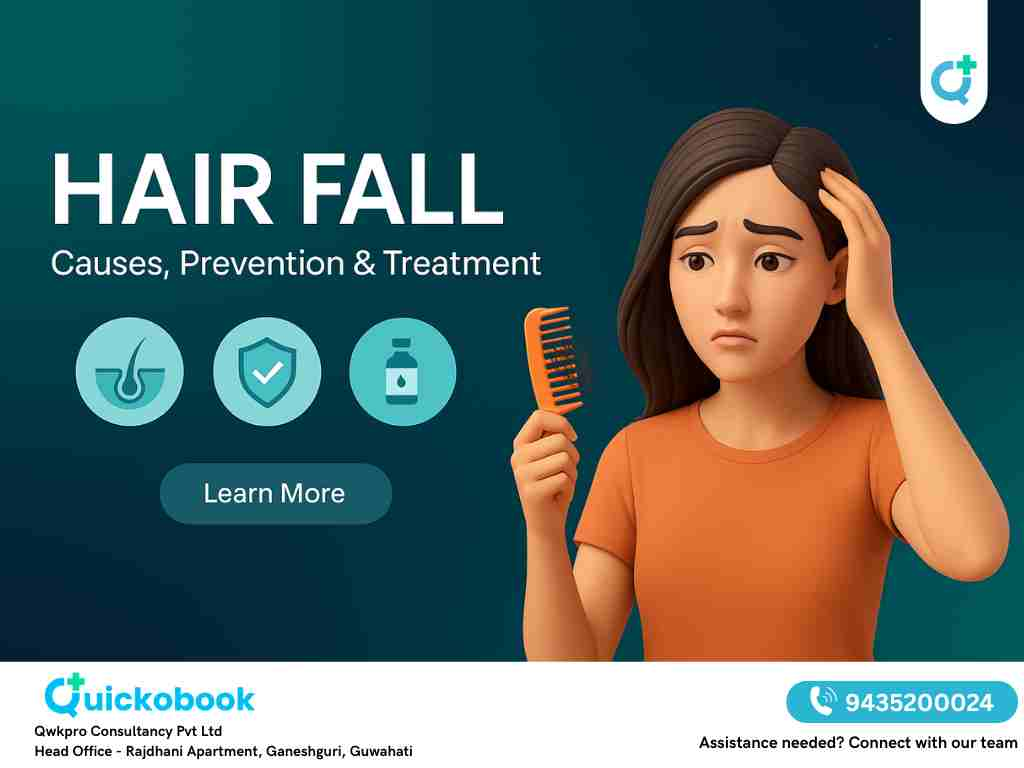

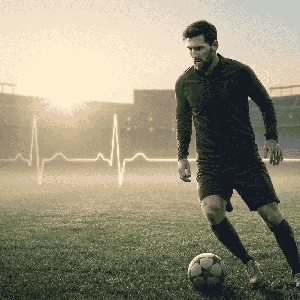
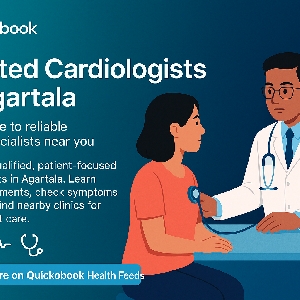

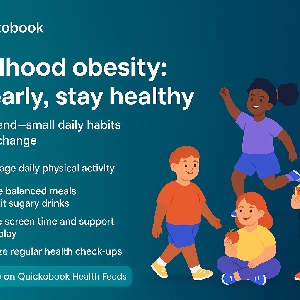
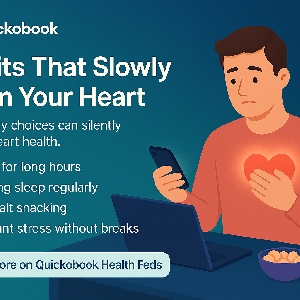



Comments (0)
No comments yet. Be the first to share your thoughts!
Leave a Comment